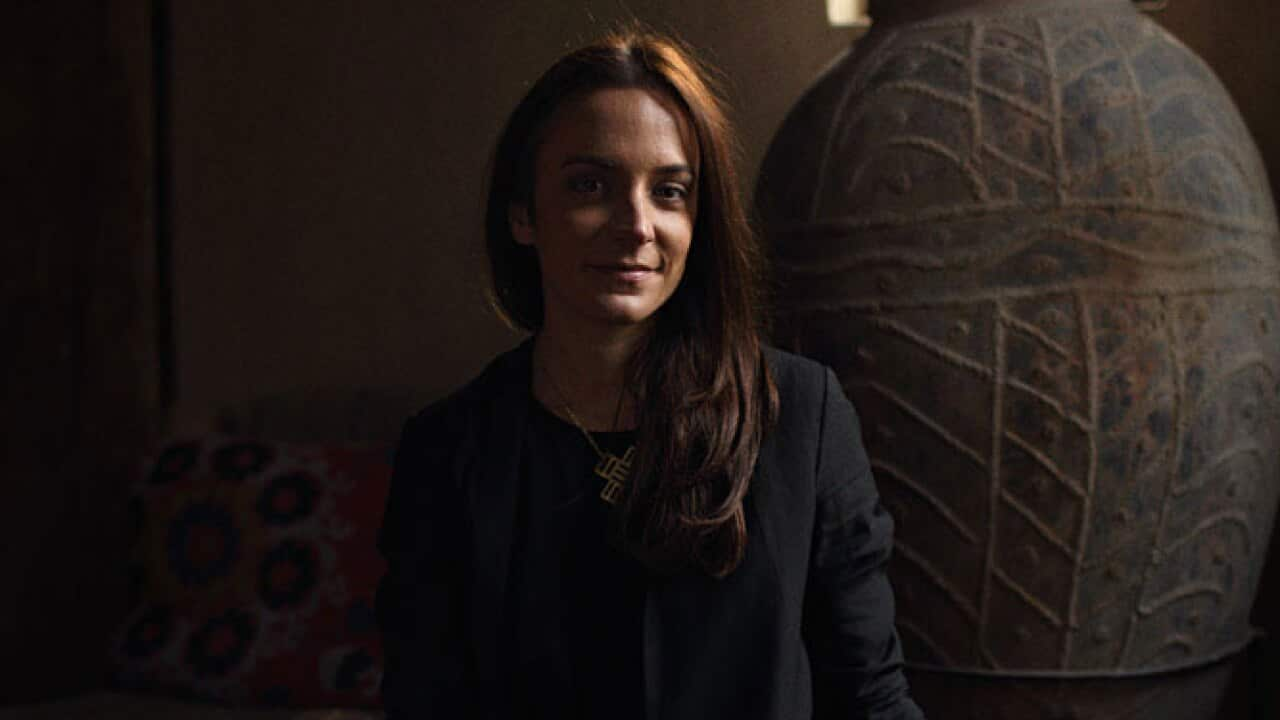COMMENT
I love yoga. I have many friends both white and brown who also love yoga, and extol the positive physical and mental health benefits they receive from it. Some are yoga instructors and are fantastic at it. They are able to combine a exercise imbued with practical spirituality that helps them deal with modern life with the benefit of a community.
But I have to admit feeling a bit weird as a South Asian person when there's a white lady in tights, with straightened blonde hair, leaning over me to adjust my downward dog, telling me to release my chakras, chanting to the wrong Hindu goddess, before selling me a mishmash of expensive retreats and products.
How can you practice something in a way that doesn't feel problematic? When does cultural appreciation become cultural appropriation? Is it when there's power disparity involved? Is there a racial dimension to it? Is it when it becomes commodified and stripped of acknowledgement of its origins? How can Westerners positively benefit from other cultures, without exploiting them?
These are questions an Instagram blogger Rachel Brathen is fielding after critiques from some of her 2.1 million followers on whether her business engages in cultural appropriation in selling yoga as a white person to Western audiences on
Rachel who goes by the Instagram handle , muses whether it is cultural appropriation to practice yoga as a white or non-Hindu person.
"Is it cultural appropriation to teach it? Am I culturally appropriating Indian culture by doing the work that I do Here is the answer, from where I sit right now (at 11pm at LAX): I DON’T KNOW," she writes.
She admits she makes money from her business, but that her earnings are part of $16 billion dollar yoga industry in the US, which seems to illustrate rather than detract from the point.
"In the USA alone, commercial yoga is 16 BILLION dollar industry. Wrap your head around that. 16 billion. My business as a yoga teacher collects a small part of that."
Rachel then ponders whether she should get rid of her Buddha, crystals and Tibetan bells.
"Now, onto other questions that were raised in my comment feed. Should we stop burning incense at the studio? Using Tibetan bells for meditation? Should I take down the dream catcher above my baby’s bed? We have a Buddha on our altar, as well as collected crystals and palo santo," she writes.
She says borrowing from parts of cultures helps her connect to a deeper part of herself.
"Everything is sacred and in my own practice I merge tools from different cultures; some Hindu, some Buddhist, some Native American, that have personally helped me connect deeper to a place of peace within myself. In my book, using these tools is cultural appreciation, not appropriation. But what if I’m wrong? Should I stop? I don’t know. I hope not."
Should we stop burning incense at the studio? Using Tibetan bells for meditation? Should I take down the dream catcher above my baby’s bed? We have a Buddha on our altar, as well as collected crystals.
Rachel admits wearing bindis, and getting OM tattoos in the past might have been problematic.
"I used to wear bindis, many years ago. My best friend and I would do third eye meditations when we lived in Costa Rica and got into the habit of placing sparkly, sticky gems at the center of our foreheads.
"The first time someone told me to stop wearing a bindi, that it was appropriating culture, I had no clue what it meant. How could something that means so much to me, that I wear with such awe and respect, ever be offensive to someone else? It makes me feel closer to my best friend, I argued. I’m wearing it with good intentions. It took a little bit of time but not much for me to understand why wearing a bindi on my forehead just wasn’t okay. I studied it, read up, asked around. Eventually it clicked. And I stopped. The same way I have stopped using words like “tribe” and “gypsy”," she writes.
"It’s offensive and these words have been diluted through years of misuse. We used to print “Find Your Tribe” on tank tops for oneOeight for gods sake! We don’t anymore. Haven’t for years. And for the cherry on top of an embarrassing past – I have an OM tattooed on my body in a location less-than appropriate for what it culturally signifies."
Rachel ends her self-examination with a promise to interrogate how she can integrate greater respect for the origins of her business practice, with donations to NGO's and free classes for Indians.
"What I will do, is evaluate how I can in deeper ways display my respect for the origins of the practice that impacts my life so greatly every day," she writes.
"A few decisions we have made is to begin offering members of the Indian community free classes at the studio, and to dedicate more time on this specific subject in our teacher trainings to ensure our graduates leave our training with an even deeper understanding of how to honour the history of the practice as teachers."
While parts of Rachel's navel gazing are a little nauseating, it's a testament to our culture that people are today at least forced to engage with uncomfortable questions and think about how ethical their practices and businesses are, in relation to power dynamics in society.
As we live in an increasingly globalised and hybrid world which sees a borrowing, exchange and profiteering of cultures and identities, it's important these exchanges are celebratory and not exploitative and do not take advantage of power disparities between the global north and south.
Culture, just like diamonds and oil, is a resource, and to take it without respect, appreciation and acknowledgement furthers a problematic neo-colonial dynamic that needs to interrogated, or at least meditated upon.





